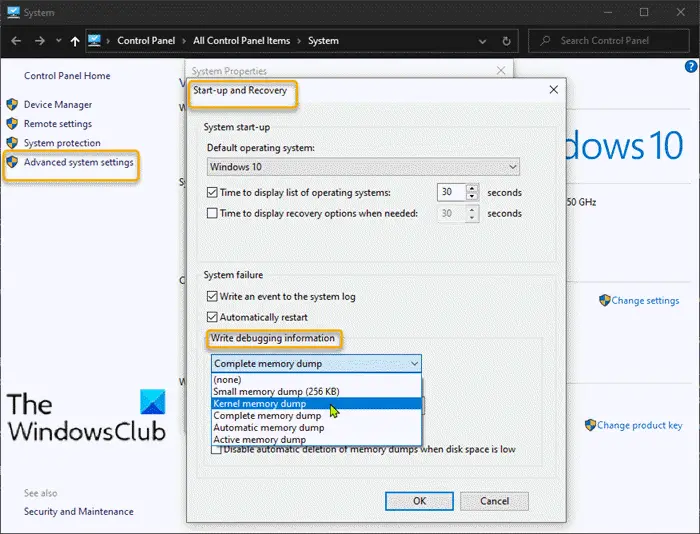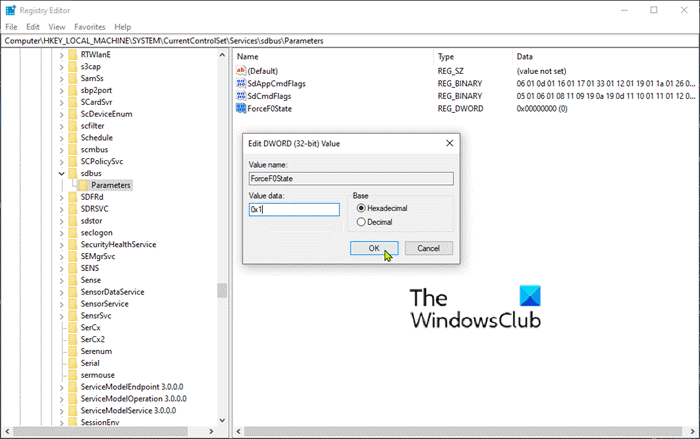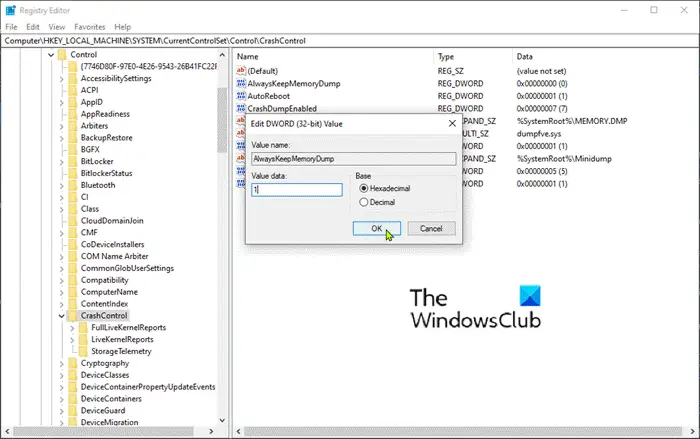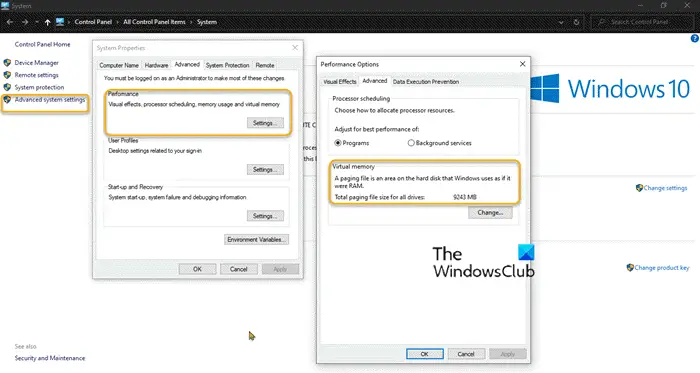In today’s post, we will identify the cause and then provide the possible resolution to the issue of a device that’s running the Windows operating where the computer creates only a minidump file. A Windows minidump is a small file that is saved to your computer each time the computer stops unexpectedly, for example, when you get a BSOD (Blue Screen of Death).

These files are stored in the C:\Windows\minidump or C:\Winnt\minidump directory, depending on your version of Windows, and have file names such as “Mini031120-01.dmp”. In this example, 03 is the month, 11 is the day, 20 is the year, and 01 is the number of the dump file.
Windows 11 creates only a Minidump file
If you notice that your Windows 11/10 device that uses SD eMMC memory creates only a minidump file, then this post will help you.
The term eMMC is short for “Embedded Multi-Media Controller” and refers to a package consisting of both flash memory and a flash memory controller integrated on the same silicon die. The eMMC solution consists of at least three components – the MMC (multimedia card) interface, the flash memory, and the flash memory controller – and is offered in an industry-standard BGA package.
Today’s embedded applications, such as digital cameras, smartphones, and tablets, almost always store their content on flash memory.
You’ll encounter this issue on a tablet device that’s running Windows 11/10 and that uses SD eMMC memory – Windows produces only a minidump file, even if Kernel memory dump or Complete memory dump is configured under Advanced System Settings > Startup and Recovery.
The minidump file is saved to the %systemroot%\minidump directory instead of to the standard C:\windows\minidump location.
This issue is caused because due to the aggressive power management on SD eMMC devices, Windows always creates a minidump and ignores the memory dump settings that are configured by the administrator.
To override this default Windows behavior, a special Registry setting must be configured on the device.
You can follow the steps outlined below to override the Windows eMMC power-saving feature during a BugCheck (also known as a Stop error or a blue-screen error) in order to produce a kernel memory dump or a complete memory dump.
Before you begin, since this is a registry operation, it is recommended that you back up the registry or create a system restore point in case the procedure goes wrong. Once you have taken the necessary precautionary measures, you can proceed as follows:
1. Press Windows key + R. In the Run dialog box, type control system and hit Enter to open Advanced System Settings > Startup and Recovery, the Write debugging information option must be set to Kernel memory dump or Complete memory dump.

2. Next, proceed to Launch Registry Editor to create and configure the following registry key:
ForceF0State: REG_DWORD: 0x1
This registry setting permits the dump file to be written.
- Navigate to the registry path below.
HKLM\SYSTEM\CurrentControlSet\services\sdbus\Parameters\
- Then right-click on an empty space on the right pane.
- Select New > DWORD (32-bit) Value.
- Name the key ForceF0State.
- Double-click the newly created key and set the Value data to 0x1.
- Click OK.

3. Next, create and configure the following registry key:
AlwaysKeepMemoryDump: REG_DWORD: 1
This registry setting makes sure that the dump file is not deleted upon reboot, even if you’re running low on free disk space.
- Navigate to the registry path below.
HKEY_LOCAL_MACHINE\SYSTEM\CurrentControlSet\Control\CrashControl
- Then right-click on an empty space on the right pane.
- Select New > DWORD (32-bit) Value.
- Name the key AlwaysKeepMemoryDump.
- Double-click the newly created key and set the Value data to 1.
- Click OK.

4. Make sure that the maximum page file size is larger than the amount of RAM that’s being used on the computer. Check this under Advanced System Settings > Performance > Advanced. The virtual memory paging file size setting on the system drive must be larger than the amount of RAM that’s being used.

5. Restart the device.
This should help!
Where are Windows minidump files stored?
Windows stores minidump files inside the Minidump folder. This folder is located on the C drive. To access this folder, you have to sign in to your system as an administrator. Open File Explorer and then open the C drive. Now, open the Windows folder. You will see the Minidump folder there.
Can I delete minidump files?
You can delete the minidump files. Windows creates minidump files when the system crashes or a BSOD error occurs. These minidump files are useful for developers to troubleshoot the cause of the system crash or the BSOD error and resolve the issue. If you delete the minidump files, the information they contain also gets deleted and you will not be able to troubleshoot the previous BSOD errors. However, new minidump files will be created the next time your system crashes or a BSOD occurs.
Read next: How to open Small Memory Dump (DMP) files in Windows.
Leave a Reply